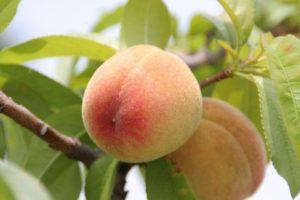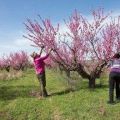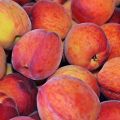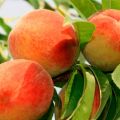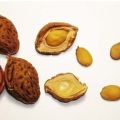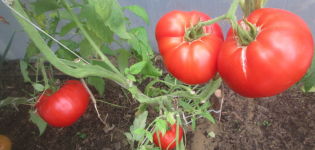Description and characteristics of the Redhaven peach, history of selection of the variety and rules of cultivation
Redhaven peach is suitable for growing in the middle lane, is unpretentious in care and is a record holder in yield. Its fruits are no different in taste from their southern counterparts. Peach is cultivated even by novice gardeners who want to get a harvest of delicious and aromatic fruits in their own garden.
Crop breeding
The mid-ripening peach variety Redhaven was developed in 1940 in Michigan, USA. It is in this region that 70% of the garden area is dedicated to the cultivation of peaches. The novelty of breeding served as a standard for breeding modern subspecies. Due to the unusual appearance of the fruit, this variety received the popular name Krasnaya Gorka. After a while, a hybrid of this peach with an early ripening period was obtained. In 1992, he was included in the State Register of the Russian Federation, according to which the plant was recommended to be cultivated in the North Caucasus region.
Advantages and disadvantages
The Red Haven peach variety has significant advantages over other species, thanks to which gardeners prefer it. Positive qualities include:
- high yield rates;
- drought tolerance;
- increased frost resistance;
- excellent taste of the harvested crop;
- compact dimensions of the tree;
- plant life span;
- the suitability of fruits for transportation over long distances.
Against the background of the listed advantages, there are also minor disadvantages:
- low resistance to curliness, powdery mildew and klyasternosporiosis;
- without rationing the number of ovaries, branches can break under the weight of ripening fruits.
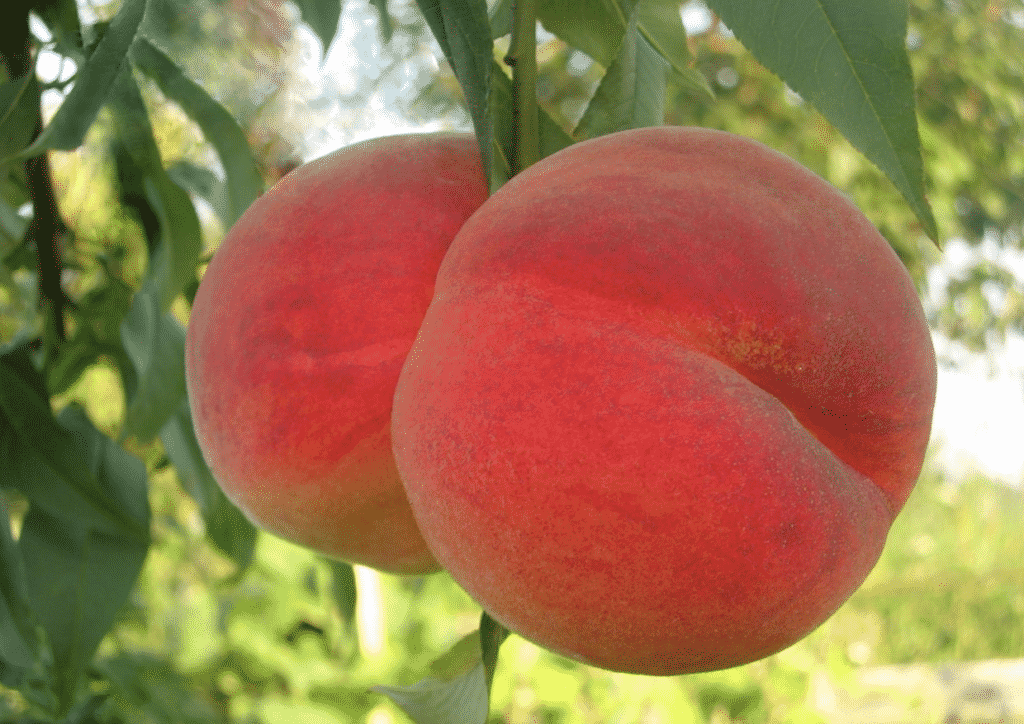
Characteristics of the variety
Distinctive characteristics make it easy to distinguish Redhaven from other similar varieties.
External parameters
The description of the plant suggests that the height of the Redhaven peach tree depends on the rootstock. An ordinary seedling grows up to 5 meters in height, and on an almond rootstock - up to 3 meters.The crown is spherical, the leaves are large, saturated green. Flowers are medium, reach a diameter of 22 mm, consist of 5 petals of bright pink color.
The fruits of the Redhaven peach are flattened, elongated-rounded, reaching a mass of 150-200 g. At the stage of technical ripeness they acquire a yellow color with a bright red blush, which accounts for half of the fruit area. Peaches have a light edge that can be easily removed during washing and wiping off and do not cause any inconvenience when eating.

Sustainability
Redhaven is considered an unpretentious and hardy variety, which makes it very popular with gardeners.
Drought
Peach demonstrates excellent drought tolerance, due to which it can be cultivated in the zone of risky farming.
To frost
Redhaven is not afraid of return frosts in spring, and in winter it can withstand temperatures as low as -25 ° C. This makes it possible for residents of the southern regions to leave the tree for the winter without additional shelter.
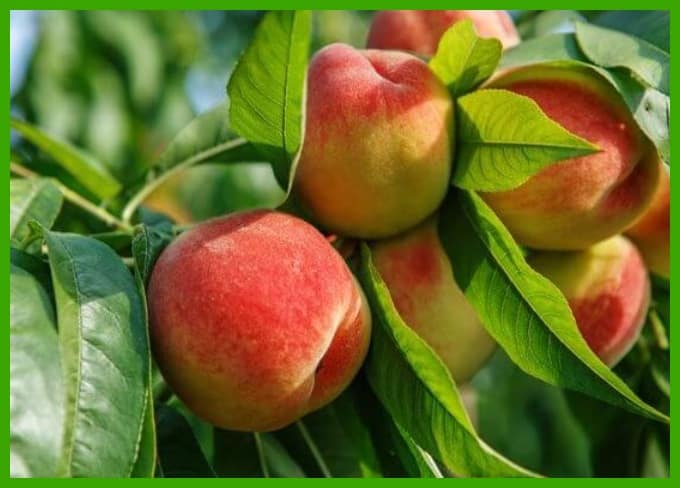
To infections and diseases
The Redhaven peach has an average level of resistance to curl and low to clotterosporium and powdery mildew. It is necessary to carry out preventive measures in a timely manner to prevent the appearance of these diseases.
Does the variety need pollinators
Redhaven belongs to self-pollinated varieties, but gardeners' reviews indicate that trees of other varieties should be planted nearby to pollinate and increase yields.
Yield
From an adult peach, subject to the conditions of agricultural technology, up to 100 kg of high quality fruits are harvested.
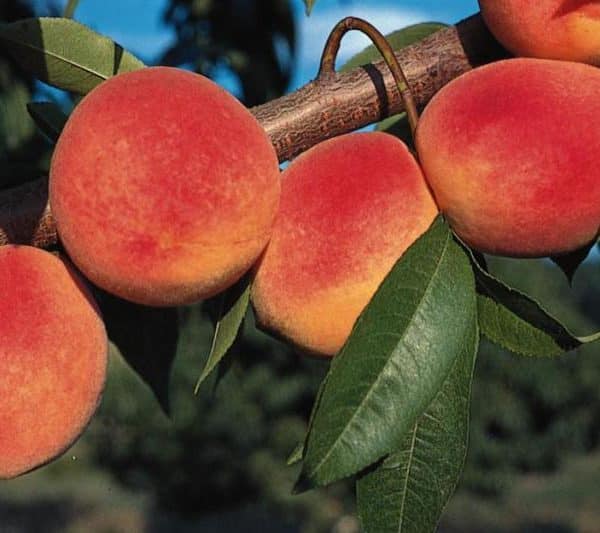
Bloom
The flowering period occurs in late April - mid-May.
The beginning of fruiting
The tree begins to bear fruit from the end of July, however, depending on the region and weather, these dates may vary.
Peach ripening time
The crop does not ripen at the same time, therefore, the harvest time is stretched for a month or even longer. The starting time of harvesting is strongly influenced by weather and climatic conditions.
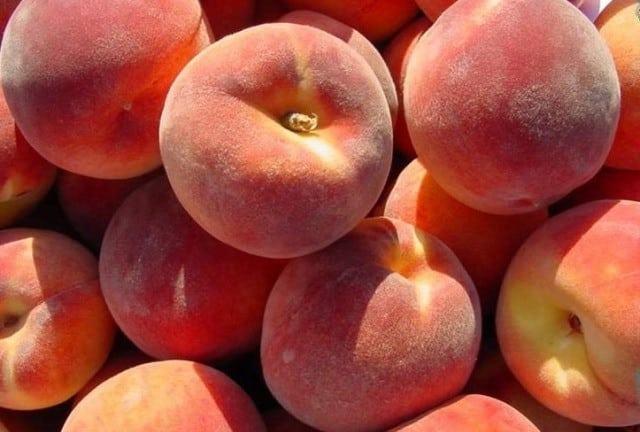
Rules for the collection and use of fruits
Redhaven peach fruits have excellent taste, which ensures their universal use. The dense skin makes it possible to transport the crop over long distances without losing marketability. In room conditions, fruits are stored for a couple of days, and in the refrigerator for about a week. For longer storage, they are placed in a basement with a temperature of 0-2 ° C. Peaches can be used for making salads, juices, compotes, jams, desserts, and can also be frozen and preserved. Of course, the aromatic and tasty fruit is also eaten fresh.
In what areas is it recommended to plant
Redhaven is recommended to be grown in the Central and North Caucasian region of Russia, but good results were obtained in the south of the country, as well as in the middle lane.

Landing technology
The future harvest depends on compliance with the tree planting technology.
Optimal timing
Redhaven peach is planted approximately in mid-April. By this time, the threat of night frosts should have passed, and the daytime air temperature will warm up to +12 ° С.
Requirements for soil composition
Redhaven prefers fertile and light soil with good air permeability for growing. Suitable for planting a tree loamy soil. But you cannot plant a peach in acidic soil or on a site with a close location of the groundwater level.

Choosing the right place
The peach should be planted in a flat and well-lit area. During daylight hours, it should be evenly illuminated by the sun's rays. In this case, the place must be protected from drafts and winds. The plant should not be placed in the shade of other shrubs or trees.
We prepare the planting material
For planting, you should purchase Redhaven peach seedlings with a well-developed root system, without signs of disease and rot. There should be no noticeable mechanical damage on the bark. Preference is given to annual trees with a well-formed stem.

Schemes and distances
The distance between the peach and neighboring trees is left equal to 3-4 meters.
Planting hole size
A planting hole is dug 1 x 0.7, although the width may vary depending on the size of the root system.
Landing technology
A third of the prepared hole is filled with fertilizers mixed with the soil. After that, 2 buckets of water are poured into there and the seedling is placed in the hole, carefully spreading the roots. The tree is covered with earth. The root collar should rise 7 cm above the soil level. In the end, a near-trunk circle is formed and the planted peach is watered abundantly, and then the ground is mulched.
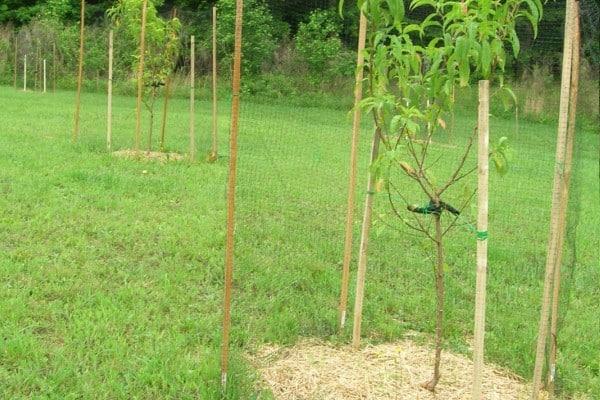
Peach aftercare
No less important is the further care of the planted plant, because the abundance and quality of the future harvest depends on it.
Regularity of watering
During the growing season, as well as the formation of ovaries, Redhaven should be watered at the rate of 20 liters of water per tree. In subsequent periods, there is no need for abundant irrigation, therefore, the plant is watered with 1 bucket of water every 2 weeks.
Top dressing
In the spring, the peach is fed with fertilizers containing nitrogen and phosphorus, and in the fall - with humus and complex mineral dressings.
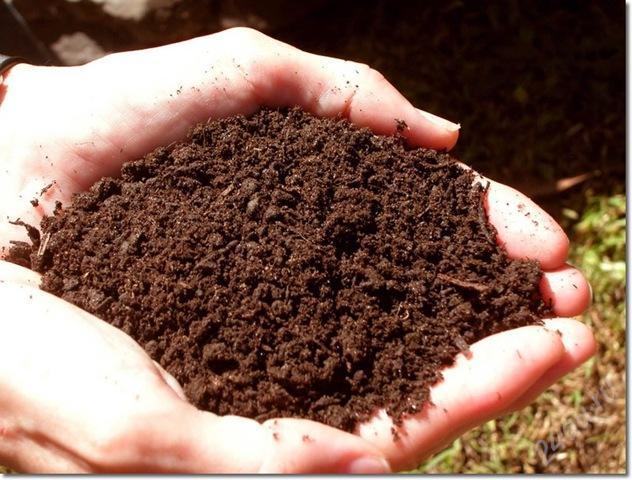
Mulching and caring for the trunk circle
After each watering or heavy rainfall, the soil in the near-trunk circle must be loosened, the emerging weeds must be removed. To prevent the evaporation of excess moisture from the soil, it is recommended to mulch with peat, fallen needles or mown hay.
Pruning
Before the start of sap flow, sanitary and thinning pruning of the crown is done. Its purpose is to increase the mass and number of ovaries, as well as to prevent the appearance of infectious diseases. 3 years after planting the seedling, formative pruning of the peach crown is performed, giving it a cupped or palmetto shape.

Diseases and pests, methods of control and prevention
To prevent curly leaves of the Redhaven peach, the crown is treated with copper sulfate, after which the tree is sprayed with "Horus", and as soon as the flowering period is over, "Polycarbacin" is used.
To prevent moniliosis, you will need to spray the tree with "Nitrafen" before and after flowering. You can fight fruit rot only by using systemic fungicides. Redhaven peach is highly resistant to pests, however, if they are severely infested, it is necessary to treat the tree with an insecticide.
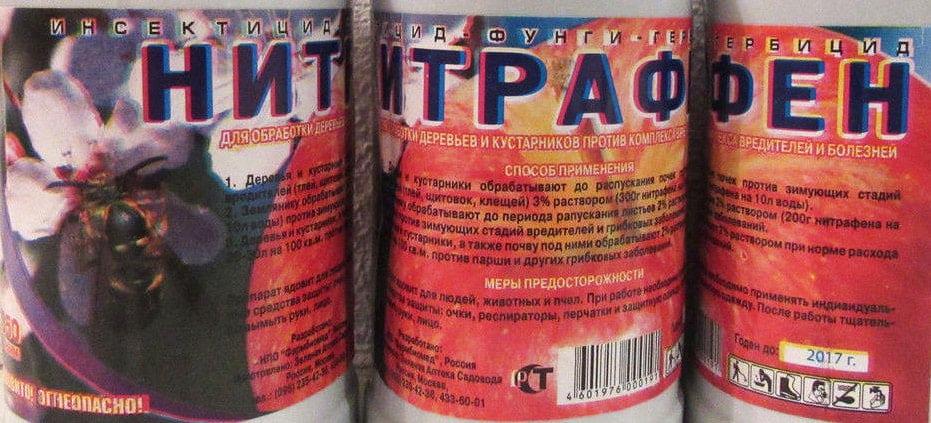
Shelter for the winter
In a southern climate, Redhaven winters without additional shelter, but in regions with cold winters, an airtight material of synthetic or natural origin is used to shelter trees.
The trunk circle is mulched, and to protect the bark from rodents, the trunk is whitewashed with a solution of lime, after which it is tied with a mesh with small cells.
Variety hybrids
A few years after the Redhaven peach was bred, breeders brought to the attention of gardeners its early-ripening hybrid, Earley Redhaven.

What are the most common problems gardeners face?
According to gardeners' reviews, Redhaven is truly a productive and hardy variety. However, during its cultivation, some summer residents were faced with the need for regular treatments with chemicals for the prevention of diseases. This was a problem only if the person is constantly busy at work and cannot devote much time to the garden.But all the costs and inconveniences were compensated a hundredfold by the harvest of tasty, aromatic and healthy fruits.
With insufficient lighting, the Redhaven fruits grow not too presentable in appearance, and the taste is greatly deteriorated.
